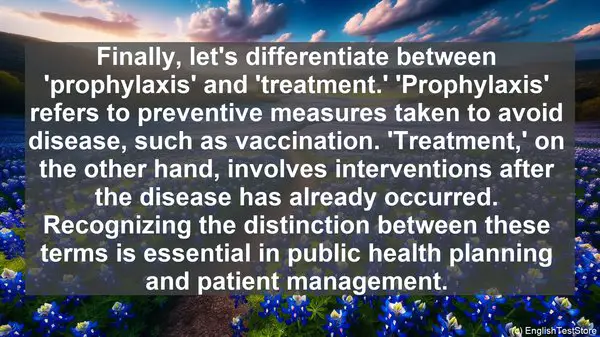Introduction
Welcome to our lesson on the top 10 commonly confused words in physical virology. As students, it’s crucial to have a clear understanding of these terms to excel in this field. So, let’s dive right in!

1. Virus vs. Virion
The terms ‘virus’ and ‘virion’ are often used interchangeably, but they have distinct meanings. A virus is the complete infectious particle, including its genetic material and protein coat. On the other hand, a virion refers specifically to the virus particle outside of a host cell. Understanding this difference is vital for accurate communication in virology.
2. Infection vs. Infestation
While both terms refer to the presence of a biological agent, they differ in the agent’s nature. ‘Infection’ is used when a host organism is invaded by a microorganism, such as a virus. ‘Infestation,’ however, is used for larger organisms, like parasites or insects, that invade and live on or in the host. This distinction helps in precise diagnosis and treatment strategies.
3. Epidemic vs. Pandemic
These terms are often used during disease outbreaks, but they have different scales. An ‘epidemic’ refers to a sudden increase in the number of cases of a disease within a specific population or region. A ‘pandemic,’ on the other hand, is a global outbreak, affecting multiple countries or continents. Recognizing the scale of an outbreak is crucial for appropriate response and resource allocation.
4. Vector vs. Reservoir
In the context of disease transmission, ‘vector’ and ‘reservoir’ are frequently confused. A ‘vector’ is an organism, often an insect, that carries and transmits a pathogen to a host. A ‘reservoir,’ on the other hand, is a natural habitat or organism where the pathogen resides and can persist. Understanding the roles of vectors and reservoirs is vital in controlling and preventing the spread of diseases.
5. Endemic vs. Epidemic
While both terms describe the occurrence of a disease, they differ in their regularity. ‘Endemic’ refers to the constant presence of a disease within a specific population or region. ‘Epidemic,’ as we discussed earlier, is the sudden increase in cases. Recognizing whether a disease is endemic or epidemic helps in understanding its long-term impact and planning appropriate interventions.
6. Antigen vs. Antibody
In the immune response, ‘antigen’ and ‘antibody’ play crucial roles. An ‘antigen’ is a foreign substance, such as a virus or bacterium, that triggers an immune response. An ‘antibody,’ also known as an immunoglobulin, is a protein produced by the immune system to neutralize or eliminate antigens. Understanding the antigen-antibody interaction is fundamental in vaccine development and diagnostic tests.
7. Pathogenic vs. Non-pathogenic
When studying microorganisms, it’s important to distinguish between ‘pathogenic’ and ‘non-pathogenic’ strains. ‘Pathogenic’ refers to organisms that can cause disease, while ‘non-pathogenic’ strains do not. This differentiation aids in understanding the potential risks associated with specific microorganisms and guides appropriate safety measures in laboratories and healthcare settings.
8. Genome vs. Proteome
In the study of viruses, ‘genome’ and ‘proteome’ are frequently mentioned. The ‘genome’ refers to the complete set of genetic material, including all the genes, of an organism. The ‘proteome,’ on the other hand, is the complete set of proteins produced by the organism. Understanding the genome and proteome of a virus is crucial in deciphering its structure, function, and potential interactions with host cells.

9. Latency vs. Dormancy
When discussing viral infections, ‘latency’ and ‘dormancy’ are often used. ‘Latency’ refers to a period when the virus remains in the host, often in a dormant state, without causing symptoms. ‘Dormancy,’ on the other hand, is a state of reduced metabolic activity. Recognizing these terms helps in understanding the complex life cycles of viruses and their potential reactivation.
10. Prophylaxis vs. Treatment
Finally, let’s differentiate between ‘prophylaxis’ and ‘treatment.’ ‘Prophylaxis’ refers to preventive measures taken to avoid disease, such as vaccination. ‘Treatment,’ on the other hand, involves interventions after the disease has already occurred. Recognizing the distinction between these terms is essential in public health planning and patient management.
